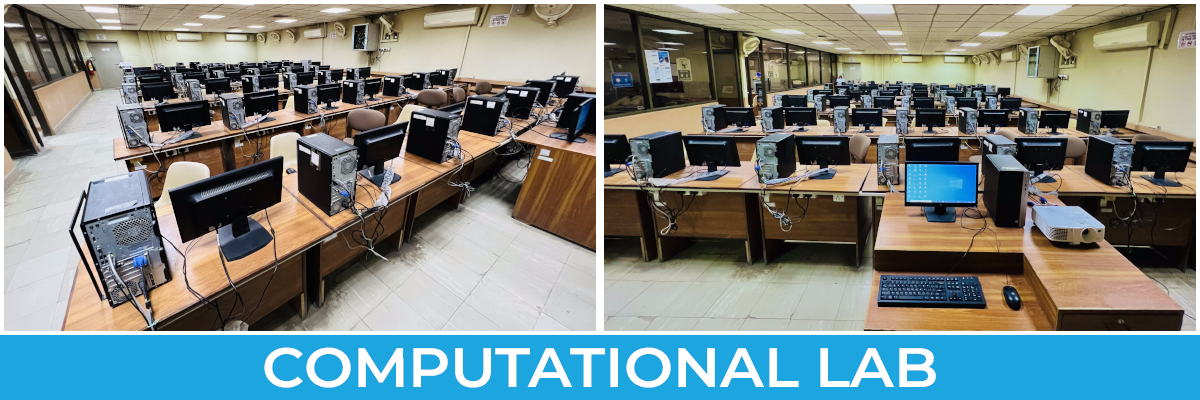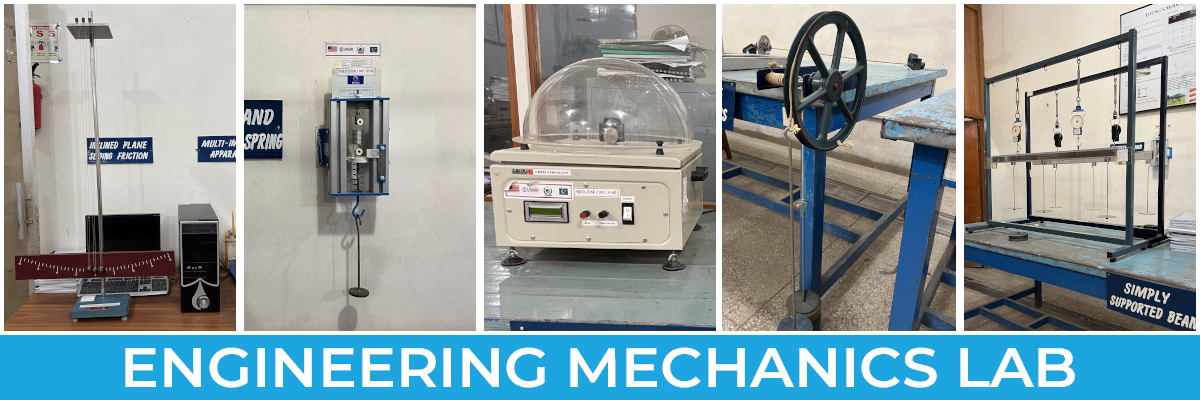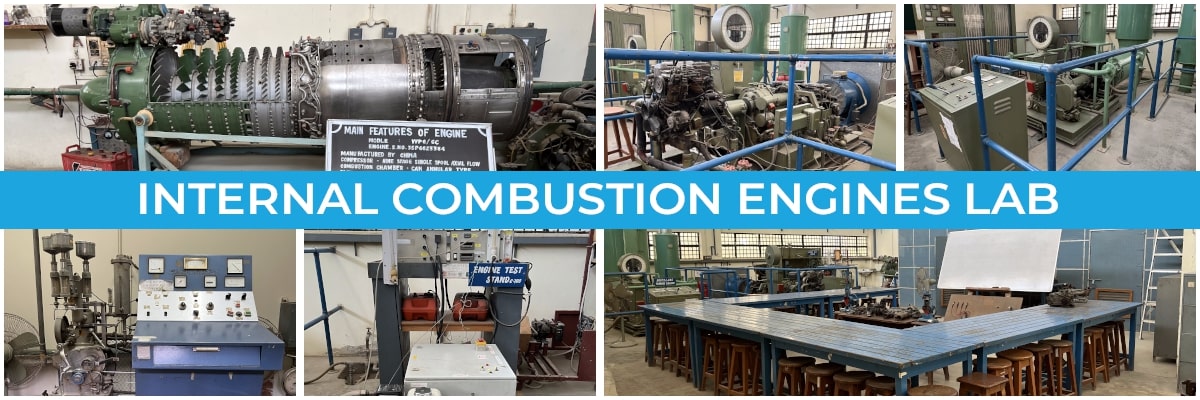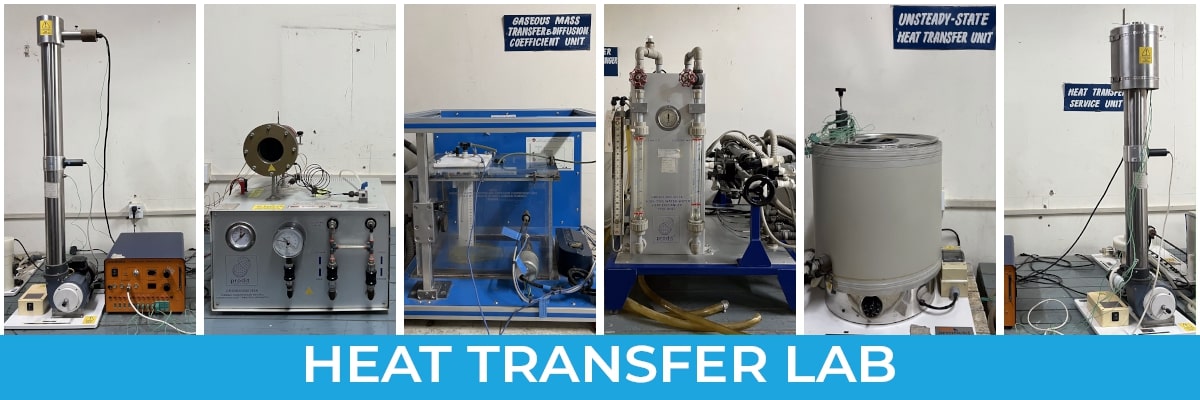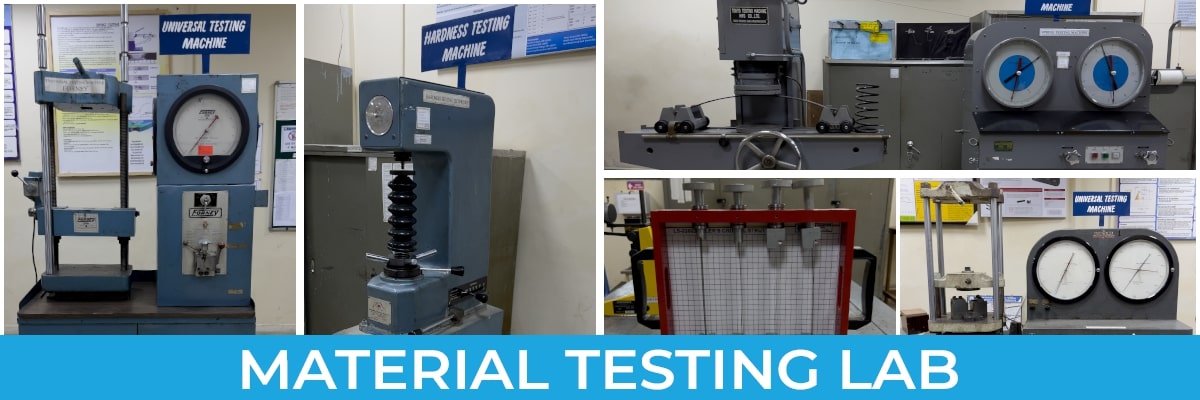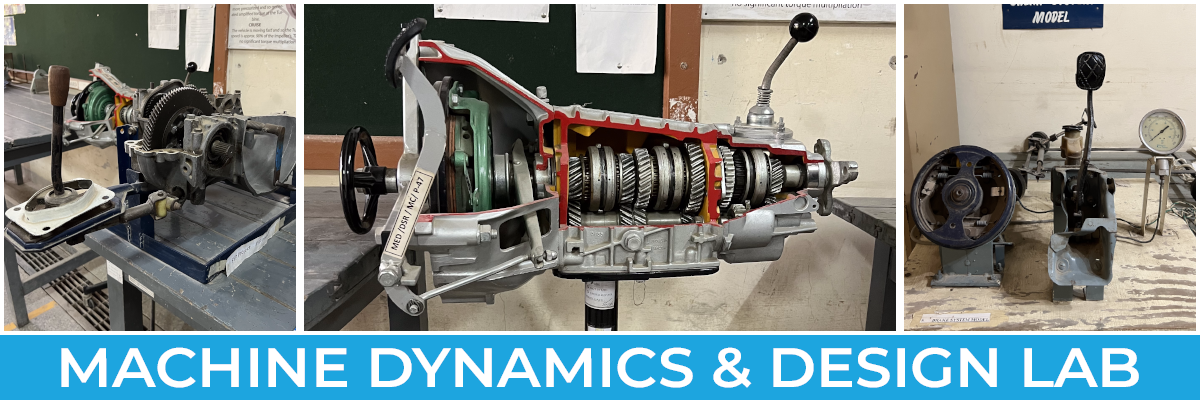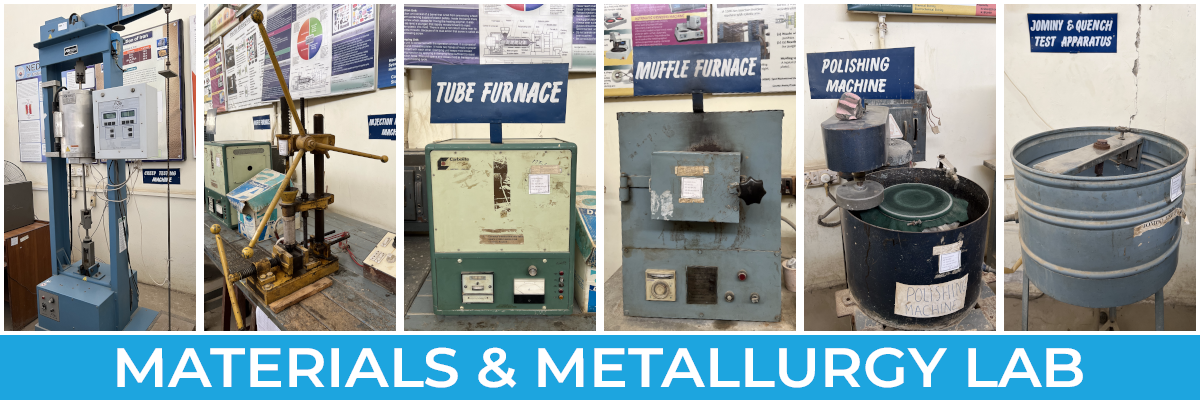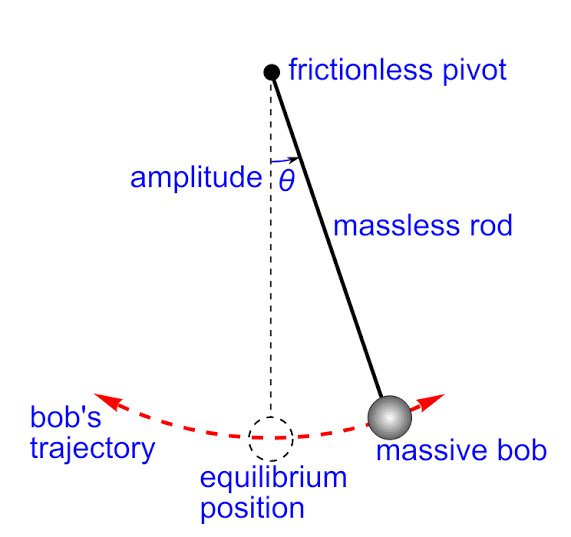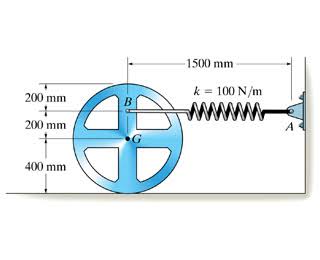ME-505 MECHANICAL VIBRATIONS
Credit Hours = 3
COURSE CONTENT
- Fundamentals of Mechanical Vibrations: The use of Newton's law and of Lagranges equation for setting up equations of motion. Techniques for linearisation and vector presentation. Use of energy methods for obtaining a simple analytical model, estimation of the equivalent stiffness and the effective mass or inertia. Use of generalized coordinates. The setting up of a dynamic model based on calculated or measured structural static deflections. Beam and plate vibration. The dynamics of foundations. Coupled modes of vibration.
- The dynamic response of real systems to different types of inputs. Energy dissipation in structures, analytical models for different damping systems, the in-phase and quadrature module, the loss factor and equivalence with other expressions describing damping. Typical values and methods for measuring the effective loss factor. Frequency locus plot, mobility and receptance methods applied to multi degree of freedom systems. Response to impact, limitation of the hysteretic damping model, the Duhamel integral, Properties of materials exposed to shock. Non-dimensional equations of motion, vibration testing, types of vibration generators.
- Random Vibrations: Introduction to random processes. Frequency decomposition distributions. Ensemble averages, means and autocorrelation. Frequency decomposition of stationary processes. Fourier transforms and spectral density. Properties of narrow band Gaussain distribution. Response of mechanical systems to random vibration. Theories of fatigue due to random vibration. Aspects of design criteria and test specifications, environmental measurement and testing.
- Vibration Measurement & Signature Analysis: The need of measurement of vibration phenomena and for methods of analyzing measured data to extract useful information concerning the test structure. Different types of vibration measurement and their applications. Major forms of vibration transducers, methods of operation and limitations. Fourier (or spectral) analysis as a means of interpreting complex vibration behavior harmonic, periodic, random and transient Fourier analyzers. Measurements of structures frequency response properties. Analysis of these data to extract basic properties of natural frequency, mode shapes and damping factors.
RECOMMENDED BOOKS
Coming Soon













